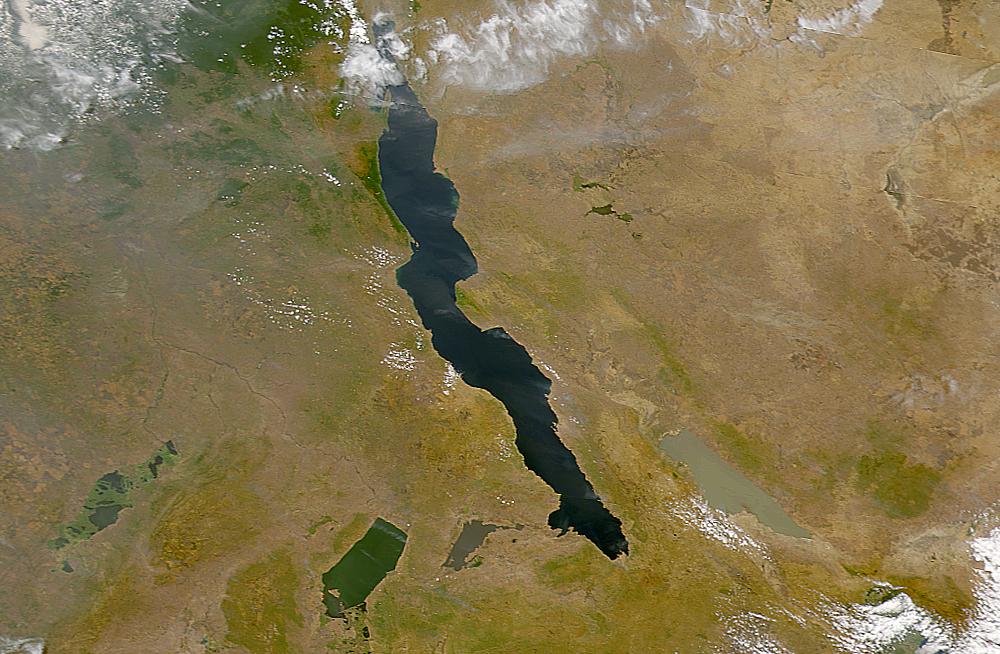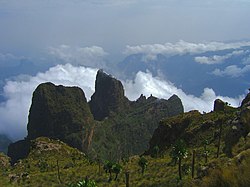The Ethiopian Wolf (Canis simensis) live 3,200m above sea level in the rugged mountains of the highlands. They are confined to seven isolated mountain ranges and more than half of the species population lives n the Bale Mountains. They primarily eat rodents, but also eat baboons when they can catch them. The Ethiopian wolf is endangered as are most endemic species in the highlands.

The Walia ibex (Capra walie) is an extremely rare and endangered animal. It is thought that only 500 or so Walia ibex survive in the highlands. Threats from poaching and shriking habitat threaten the existence of this species.

Gelada Baboons (Theropithecus gelada) is a species of old world monkey that live in the highlands. They live in large groups and are the only species of monkey that can eat grass. They graze and live entirely off of grass. Their natural predators include the Ethiopian WOlf. At night these baboons sleep on steep cliffs so as not to be eaten.

Video of Gelada Baboons grazing:





